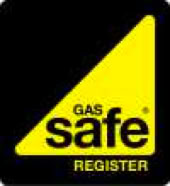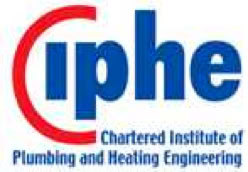
Mike the Boilerman -
Gas Safe Registered boiler and central heating repair technician in west Berkshire

Mike the Boilerman -
Gas Safe Registered boiler and central heating repair technician in west Berkshire
Boiler manufacturers generally require their new boilers to be connected only to clean radiator systems, or the terms of their guarantee may not be met. No problem when fitting a whole new heating system with new pipework and new radiators, but it gets more complicated when a new boiler needs connecting to an existing, older radiator system.
The sludge and rust deposits that generally accumulate inside older systems needs to be cleaned out because the waterways inside new boilers are much smaller and more susceptible to contamination by these deposits than those in the boiler being removed.
Powerflushing is the process an installer uses to cleanse the system and this is usually done as the first step in a boiler replacement, before removal of the old boiler. A high capacity pump with a reservoir is connected to the system, through which a chemical is introduced and circulated to loosen and lift the black deposits inside the pipes and radiators, which can then be pumped out to drain. This process can only effectively be used on a “two pipe” system where pairs of pipes (flow and return) are run to each radiator. It doesn’t really work with the older format “one pipe” system, where a single pipe of hot water is looped around the house from one radiator location to the next, and the two radiator connections are both tee’d into this one pipe.
Powerflushing will not force a decent flow of chemical through the rads on a one pipe system, so boiler installers will generally advise re-piping the house in the “two-pipe” format. This is a major disruption and people with one-pipe systems are often entirely happy with them and just want the new boiler connected to it. Few if any boiler manufacturers will support their guarantee on a modern condensing boiler connected to an old one-pipe system as their cleansing requirements are unlikely to have been met so installers are usually reluctant to do this.
There are a couple of possible solutions…
1) remove all the radiators and flush each of them individually in the garden or workshop, and powerflush the one pipe circuit still installed in the house, then re-fit all the radiators.
2) Isolate the new boiler from the old one-pipe system by connecting it via a plate heat exchanger. This will keep the boiler water separate from the potentially dirty radiator circuit water. Two pumps will be required, one to circulate the boiler water through the plate heat exchanger, and the second to circulate the radiator water through the plate heat exchanger. A magnetic filter such as an Adey Magnaclean would be a good idea to save any radiator corrosion deposits (present or future) from getting caught in the plate heat exchanger.
If you like what I write, please Buy me a coffee. Thank you kindly!

Copyright Michael Bryant 2025
Site first published 16th January 2004
Site last updated Monday 15th December 2025
Gas Safe Register 197499, CIPHE registration number 009909L

This website makes use of cookies. Please see my privacy policy for details.